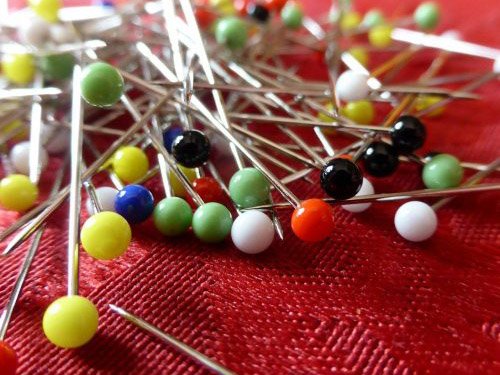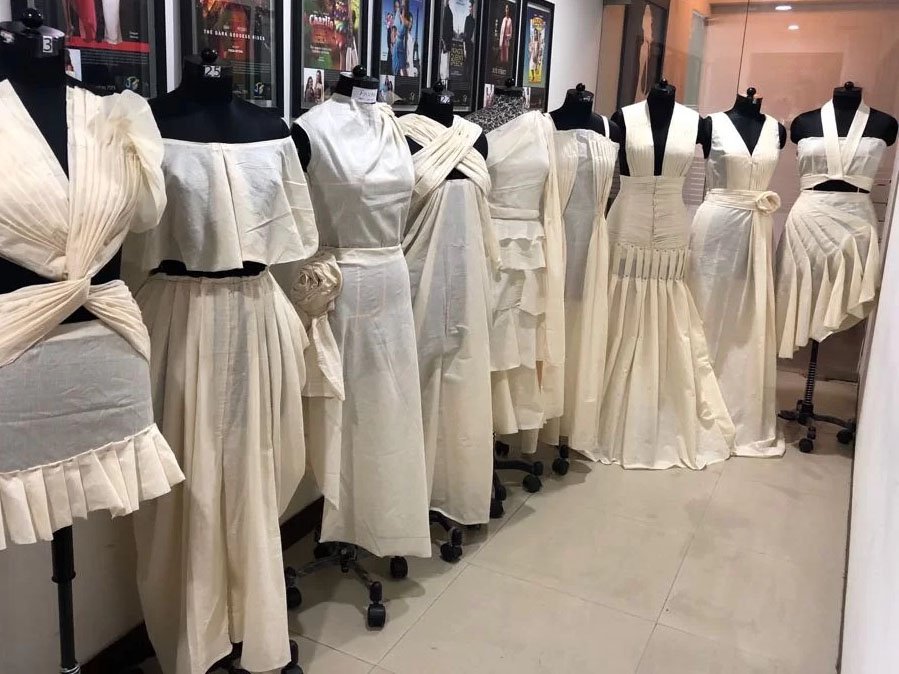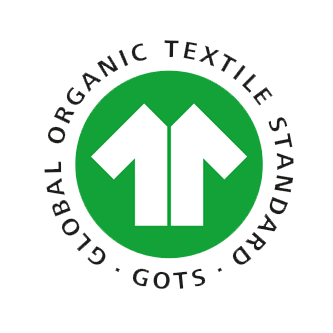Pinning is one of those foundational techniques in garment construction that sounds simple—but its precision can make or break a garment. At Xzapparel, our sample room relies on expert pinning to prepare nearly every prototype we produce. It’s more than just sticking a few needles into fabric—it’s about control, alignment, and achieving the perfect silhouette.
Pinning in dressmaking is the process of temporarily fastening fabric pieces together using pins to assess fit, shape, and construction before sewing.
Let’s explore how this critical technique works, its purpose across different stages, and how we use it to ensure flawless execution in production.
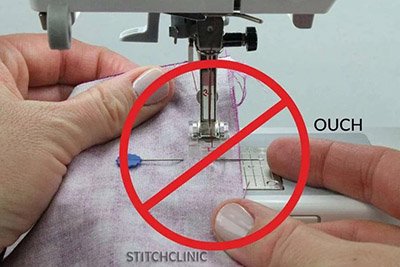
Why is pinning important in dressmaking?
Because fabric moves.
Pinning helps maintain control and alignment across seams, curves, darts, pleats, and layered areas.
It lets designers and sample makers:
- Test fit before committing to stitches
- Adjust design features like drapes or hems
- Check symmetry, grain alignment, or design matching
Especially for soft or stretchy fabrics, pinning is the only way to keep everything in place.
When do we use pinning during production?
Pinning is essential in several phases.
We use pinning in design prototyping, pattern testing, sample adjustments, and even during quality checks.
Key Stages
- Pattern Checking – Ensures correct alignment before first cut
- Sample Assembly – Stabilizes parts like collars, linings, or pleats
- Fittings – Temporarily adjust darts, side seams, or hems
- Pre-Sewing Stages – Replace or assist with basting
- Final Inspection – Mark alterations or repairs with color-coded pins
Pinning is used by our dressmakers, tailors, and technical developers alike.

What techniques exist for effective pinning?
Precision matters.
We train our team to use several proven pinning methods based on garment type and fabric behavior.
Common Pinning Methods
| Technique | Use Case |
|---|---|
| Perpendicular Pinning | Holds layers across seam lines (easy to sew) |
| Parallel Pinning | Holds fabric flat along edges |
| Diagonal Pinning | Stabilizes bias cuts or angled panels |
| Cluster Pinning | Adds hold in bulky or hard-to-manage areas |
| Draped Pinning | Helps position gathers, tucks, or pleats |
We evaluate pin placement in fittings and mark points for sewing follow-up.
What tools support pinning?
Pins are just the beginning.
We combine pinning with dress forms, rulers, notches, and sometimes heat to lock in precision before stitching.
Support Tools We Use
- Tailor’s ham: For shaping bust or sleeve areas
- Dress forms: 3D pinning for silhouette work
- Grid boards: Align pieces flat and evenly
- Chalk and tracing tools: Highlight pinning paths
- Magnetic pin cushions: Organize and retrieve quickly
Pinning is integrated into the technical setup of each workstation at our facility.
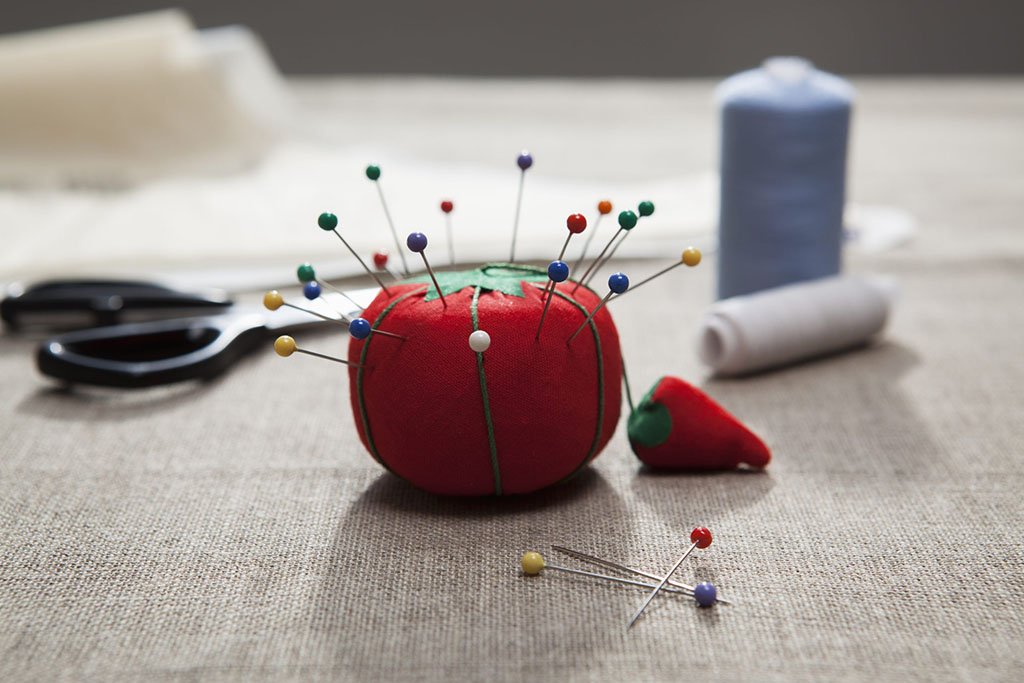
How does pinning vary by garment type?
Different silhouettes = different needs.
Garments like tailored jackets, gathered skirts, or bias-cut dresses require distinct pinning approaches.
Garment-Specific Pinning Tactics
- Dresses: Pin waist, bust darts, and side seams to test drape
- Shirts: Focus on collar stand, yoke seams, and cuffs
- Pants: Check crotch curve and waistband tension
- Swimwear: Pin stretch zones while respecting recovery
- Outerwear: Use T-pins for heavier layers like interlining or canvas
Each style we produce has a pinning protocol defined in its sample SOP.
How does pinning help in fittings?
It turns observations into corrections.
Pinning during fittings helps tailors mark excess, tension points, hem changes, and contour tweaks.
We document pinned corrections with:
- Photos
- Pin color codes (e.g., red = reduce, yellow = shift)
- Follow-up flat sketches
Pinned garments are reviewed by both our sampling team and tech design lead.

Common mistakes to avoid in pinning
Pinning seems easy, but errors lead to production delays.
Typical Pitfalls
- Over-pin: Leads to puckering or distortion
- Under-pin: Causes seam slipping or misalignment
- Wrong direction: Makes pin removal difficult mid-sewing
- Not pin-matching notches or markers: Skews balance
We include pinning checkpoints in our sample audit checklist.
Can pinning be replaced?
Sometimes, but not always.
While basting stitches, fabric clips, or adhesives can be used, pinning remains the fastest, most flexible method for temporary hold.
Pins allow last-minute shape control, unlike glue or clips.
Conclusion
Pinning is more than a prep step—it’s a craftsmanship technique. It helps test fit, refine drape, and ensure quality construction before the first seam is sewn. At Xzapparel, our attention to pinning helps ensure our samples meet the high standards global brands expect.
Want to learn how we build premium samples, one pin at a time? Let’s create something precise, together.


